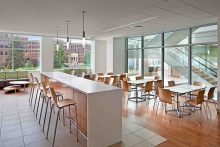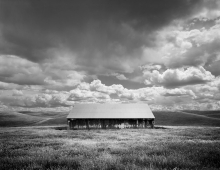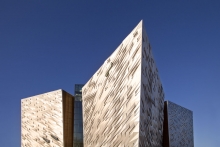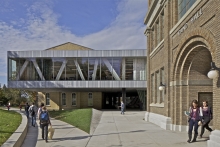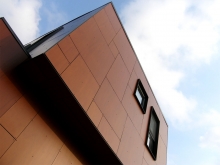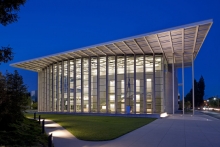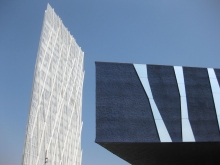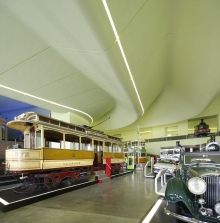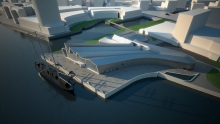Case Study: Clinical and Translational Science Building, Part 1
Francis Cauffman designs a medical facility for the University of Rochester that unites research with practice.
This first article in a three-part series on the University of Rochester’s Clinical and Translational Science Building provides an overview of the workplace strategies Francis Cauffman used to integrate the 11 diverse departments of the Clinical and Translational Science Institute under one roof. Follow Buildipedia throughout the month of May to learn more about the engineering details of the building and how it achieved LEED Gold certification.
